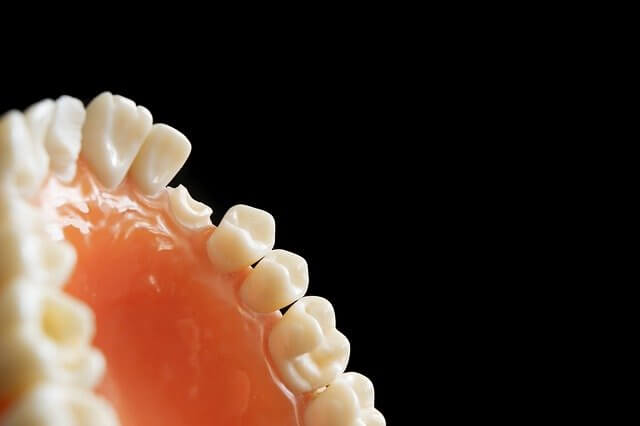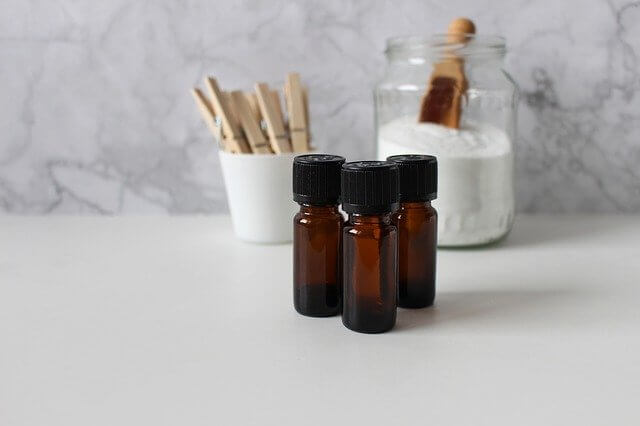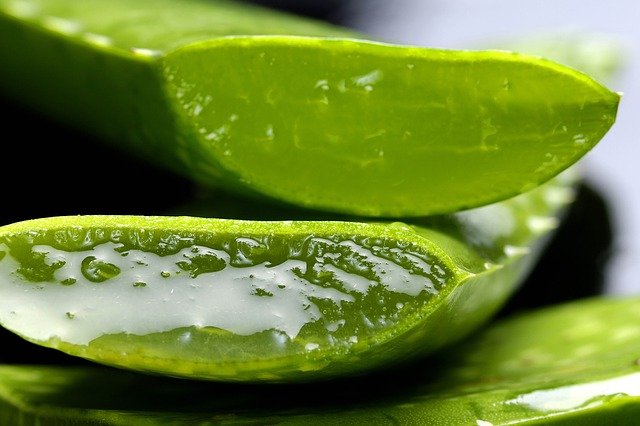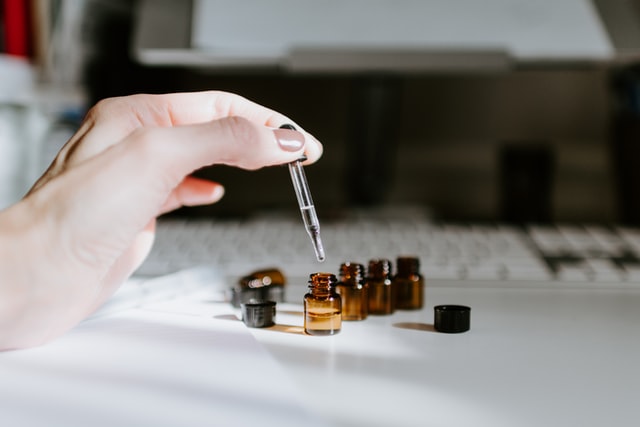Everyone has heard of tooth decay, but did you know that it occurs in five distinct stages? Each stage causes increasing damage to the tooth and causes increasing discomfort to the patient. Unfortunately, tooth decay is an all-too-common consequence of the average sugary diet, though it is easily preventable with good oral hygiene. Soundview Family Dental believes that knowing the early stages of tooth decay can help you prevent the need for fillings, and help avoid tooth loss too.

Stage One: White Spots (Demineralization)
The first stage of tooth decay is usually painless and can be hard to detect. This is when plaque starts building upon the surface of the tooth. Plaque is filled with bacteria. This bacteria begins to weaken the enamel and break down minerals in the tooth, such as calcium. This is called “demineralization.” When this demineralization occurs, white, yellow, or brown spots appear on the surface of the tooth. While this may be noticeable on front teeth, many people often miss these spots on the back molars. In this early stage, you can reverse the damage with good oral hygiene and prompt dental care, such as in-office fluoride treatments.
Stage Two: Enamel Decay
If the white spots in stage one remain untreated and oral hygiene does not improve, your tooth decay will progress to stage two. During this stage, the buildup of plaque begins to break down the enamel of the tooth. This leaves the enamel soft and porous, which can contribute to tooth sensitivity. This is often one of the first physical signs of tooth damage. Once you’re in stage two, there is no way to reverse the damage done and your dentist must treat the decay, often with a dental filling.
Stage Three: Dentin Decay
If the sensitivity is not enough to signal that you need to see the dentist, and the dental damage continues to go untreated, tooth decay will progress to stage three. During this stage, the bacteria and decay enter the dentin layer of the tooth. The dentin layer is much softer and more sensitive than the enamel. As the decay progresses into the dentin, you will likely experience much more tooth sensitivity, and chewing food may become painful, especially around the infected tooth. While in some cases, a large filling may be enough to address this tooth decay, often a crown is recommended at this stage.
Stage Four: Pulp Infection
The dentin layer protects a soft mass filled with nerves, known as the pulp. If a tooth is not treated during stage three, the bacteria and decay breaks through the dentin, entering the pulp of the tooth. When the pulp becomes infected, this damages the nerves in the root of your tooth and can cause extreme tooth pain, which can make chewing extremely painful. Your dentist may refer to this as a root canal infection. When a root canal infection occurs, the course of treatment is a root canal, where your dentist will drain the tooth, remove all infected tissue with specialized tools, fill in the root canals and large cavity created in the tooth, and cover the remaining tooth with a crown. In extreme cases, there may not be enough of the tooth to save and an extraction is necessary.
Stage Five: Abscess Formation
The final stage of tooth decay can be extremely serious and threatening to your general health. When the decay within the canal is left untreated, it progresses to the base of the root. Once there, the bacteria and infected tissue can spread into surrounding tissue, such as the gums, jawbone, tongue, and even the bloodstream. This can cause a buildup of bacterial pus, known as an abscess. This stage is extremely painful and, if left untreated, can make you sick and lead to life-threatening complications. When you reach this stage, you will require surgical intervention and are likely to lose the tooth.
Preventing Cavities and Dental Decay
The good news is that you can stop the onset of tooth decay in its tracks with good oral hygiene and some simple lifestyle changes. Ways you can do this include:
- Good Oral Hygiene – Brushing your teeth twice daily and regular flossing can help to remove the bacteria and plaque responsible for tooth decay. Using a regular mouthwash can also help to remove bacteria you can’t reach with brushing and flossing.
- Attend Regular Dental Visits – Visiting your dentist at least twice a year for checkups and cleanings will help keep your teeth healthy. Your dentist can also detect early signs of decay and help you reverse the damage before it reaches stage two or higher.
- Ask About Fluoride Treatments – The application of fluoride treatments can help to reverse mineral loss during stage one. Talk to your dentist about the benefits of a fluoride treatment.
- Reduce Your Sugar Intake – Eating a diet high in sugar content can increase your risk of tooth decay. Sugar feeds the bacteria responsible for the decay. If you eat a sugary treat, it is a good idea to brush your teeth as soon as possible to help remove the sugar or at least drink a big glass of water.
- Stay Hydrated and Avoid Dry Mouth – Drinking water on a regular basis helps to keep your body hydrated and helps with dry mouth. When your mouth is dry, saliva production may be low. Saliva helps to wash away bacteria and is essential for healthy teeth. If you notice you suffer from dry mouth on a regular basis, it may be a good idea to talk with your dentist or physician to see if there is something you can do to treat this.
For more information about the stages of tooth decay and how you can prevent it, call Soundview Family Dental today or visit us online. We want to help you keep your healthy smile and avoid dental decay, pain, and possible tooth loss.
Understanding the Stages of Tooth Decay is available on: Soundview Family Dental
Soundview Family Dental
201 5th Ave S Suite 103, Edmonds, WA 98020
(425) 563-6360
Our Edmonds Location



